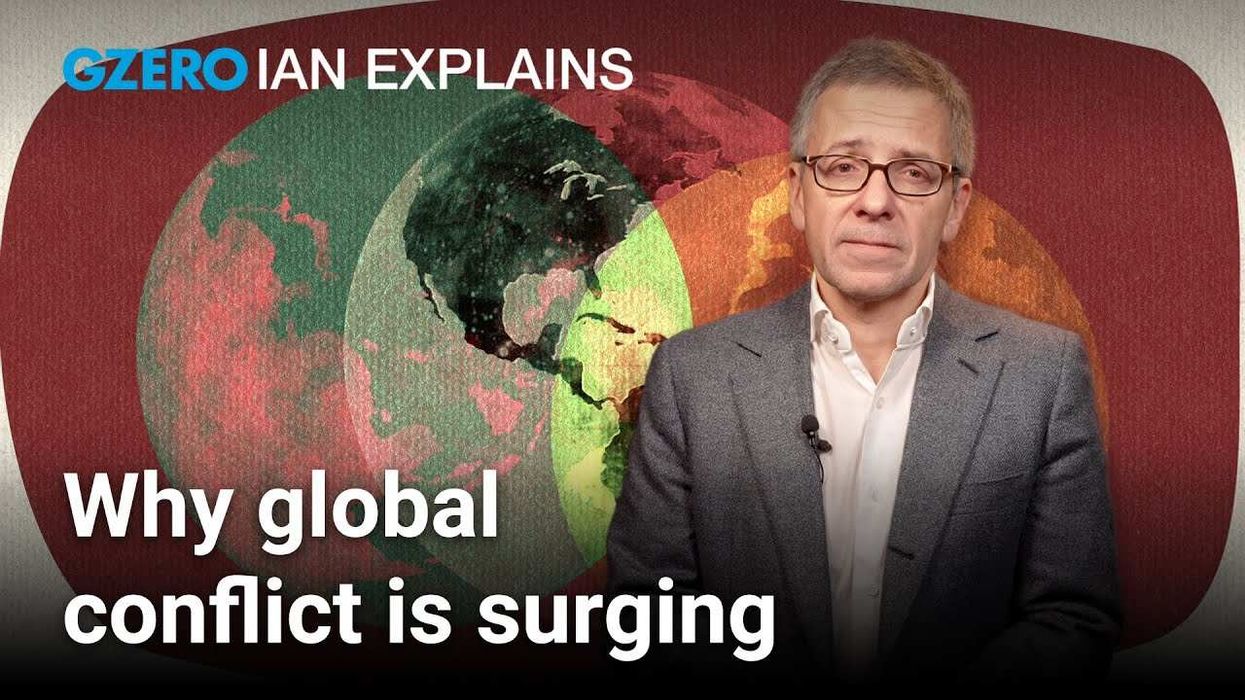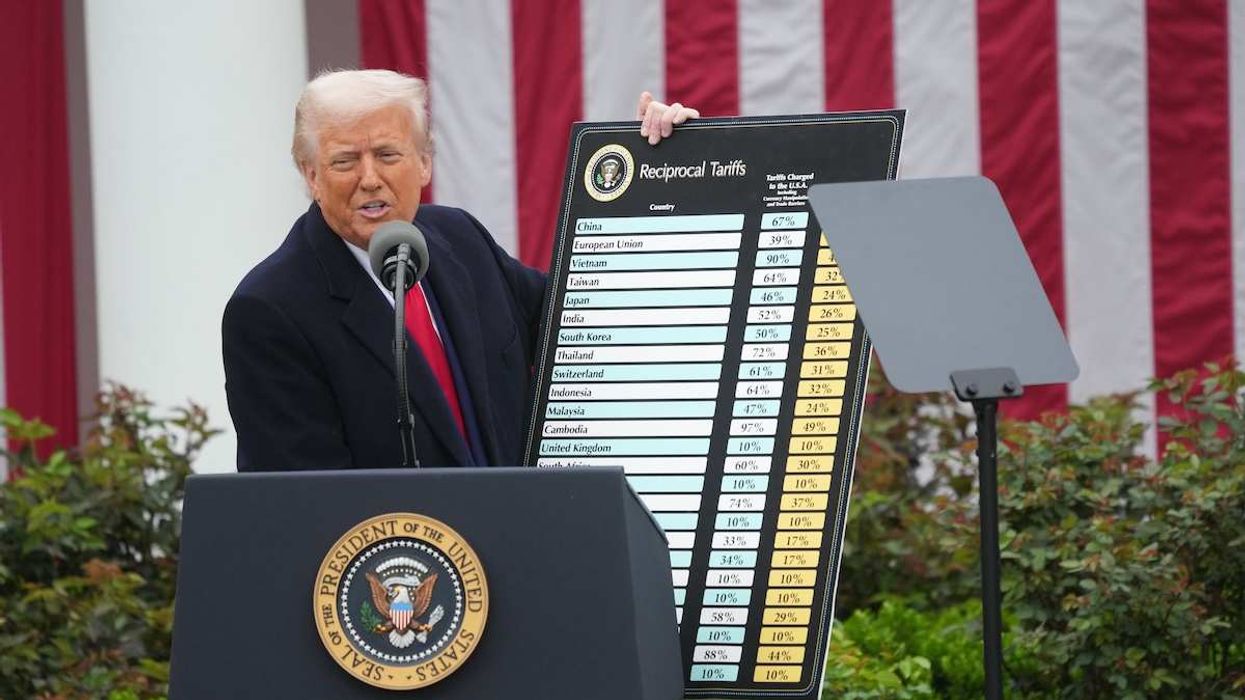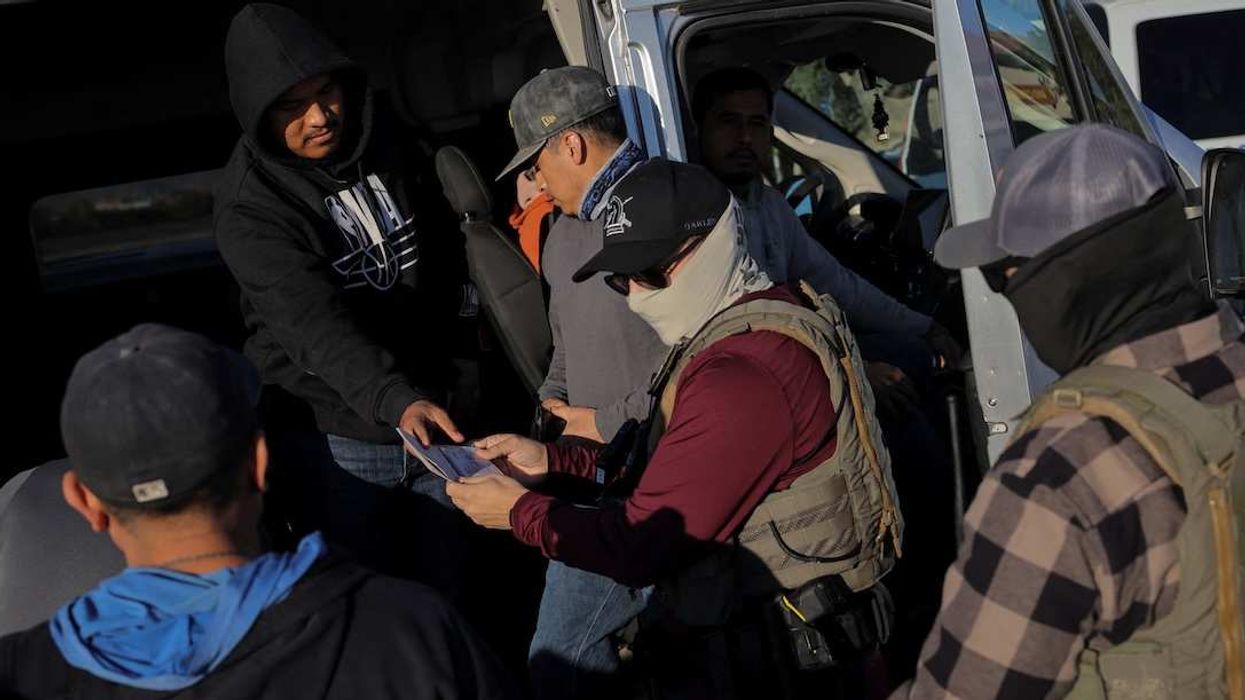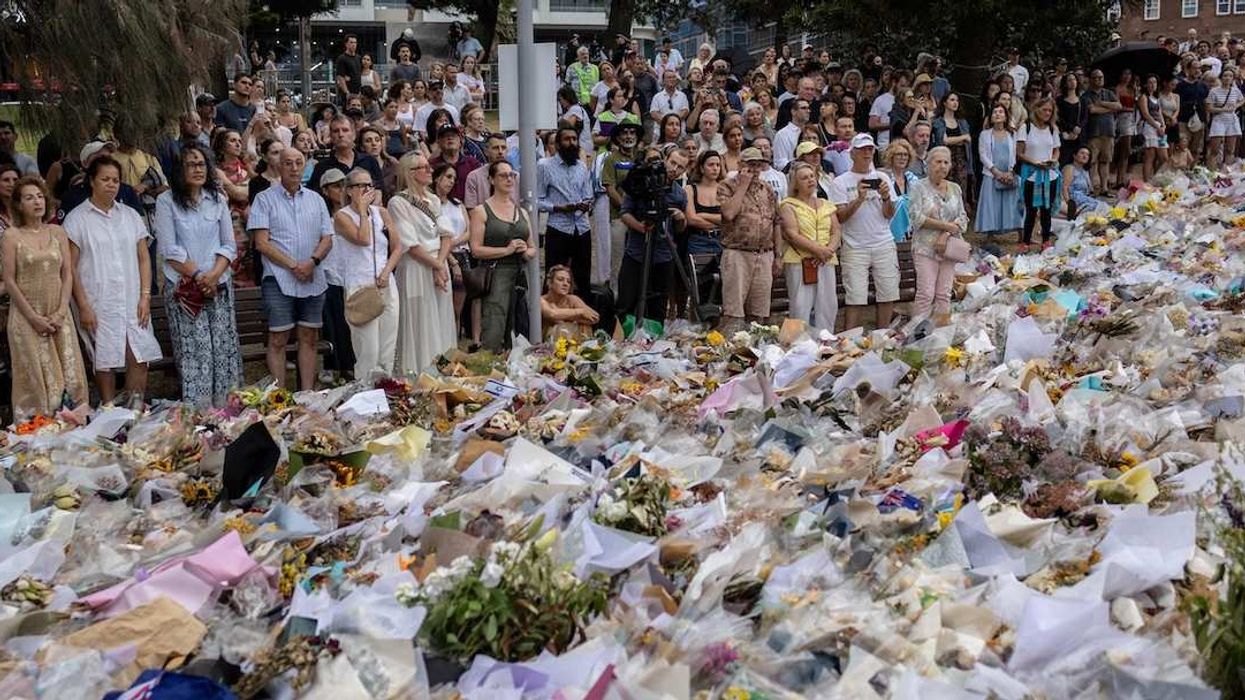Navajo Nation's outbreak: The Navajo Nation, the most populous of the American Indian reservations within the US, is now reporting more COVID-19 cases per capita than any US state, with roughly 1,798 infections per 100,000 people. That surpasses New York, the country's worst-hit state. More than 100 people in the community, located in the American southwest, have died from the virus, including young people. Health professionals say that there are several reasons that the community has been so hard-hit. First, many in the Navajo Nation already suffer from diabetes, making them particularly vulnerable to serious illness if they do contract COVID-19. It's also common for Navajo to live with large families in intergenerational homes, which speeds the virus' spread. Crucially, around 1 in 3 residents lack access to running water, making it all but impossible to stop outbreaks through regular hand-washing. Doctors Without Borders, an NGO accustomed to sending medical and public health professionals to conflict zones, has now dispatched a team to the reservation to help the roughly 170,000 inhabitants deal with the surging outbreak. The Trump administration, for its part, said it will dole out $600 million in aid to help the community weather the storm.
Wuhan's "mass battle": After a cluster of new coronavirus cases was identified in Wuhan, China, this week, public health authorities have vowed to test the city's 11 million inhabitants in under two weeks, a project the government's calling "10 days of mass battle." Wuhan, where the world's first COVID-19 cases were reported back in December, has not seen any new infections since April, owing to one of the strictest lockdowns in the world. But after six new cases emerged in recent days – five of which were asymptomatic carriers – the city has told districts to come up with a mass testing program for their respective enclaves. In the absence of any new cases since April 3, schools and businesses had slowly started to reopen, and public transport in surrounding Hubei province resumed operations. The findings of this ambitious testing scheme will now either legitimize Wuhan's return to normalcy – or alternatively, could force the city to put millions of residents back into isolation.
Latin America's dual epidemics: Even as Latin American governments are struggling to deal with the coronavirus pandemic, another disease is slowly sweeping the continent: the mosquito-borne dengue fever. The disease, which resurges every 3-5 years and can be deadly, had infected 3.1 million people in the Americas in 2019 alone. But with hospital resources and medical attention across Latin America and the Caribbean now directed almost exclusively towards the coronavirus crisis, the disease is poised to spread further. Countries including Chile, Mexico and Colombia have all seen fresh spikes in dengue cases in recent months, and medical professionals there are worried that overcrowded hospitals will have to turn these people away, risking a surge in otherwise preventable deaths from the disease.



















